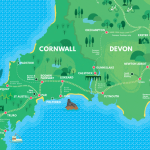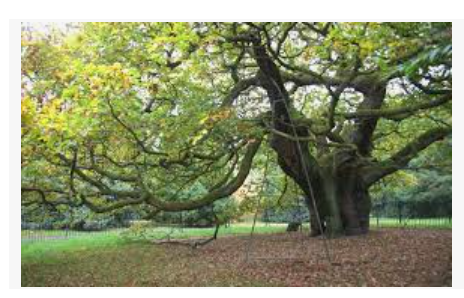No psychic function can be realized without the use of memory. It as a connecting link allows you to connect the past with a foggy future and the present. This key cognitive function contributes to personal development and learning – every day a person has to memorize and remember knowledge and processes to reproduce the results of the received experience in the future. Use “BrainApps” simulators to capture your memory and information playback function excitingly and easily.
Given personal characteristics, one person can easily memorize multivalued figures, another has rhymed lines from verses, the third one has visual images, and the fourth one is challenging to cope with any information flow.
Features of information storage in preschool children
Another Mark Tullius Cicero noticed that without exercise memory weakens. Almost all mental functions are formed in the preschool age, so the training of memory and thinking in children of this age should be given special attention.
Peculiarities of preschool age:
- The predominance of unconscious mental processes over meaningful and arbitrary.
- The memorization of information is associated with a strong emotional echo.
- Thinking and memory coexist indivisibly.
During the child’s growing up, the logical memory smoothly replaces the mechanical one, therefore the storage of information becomes arbitrary and indirect. This process directly depends on the development of various memorization techniques and obtaining new information in a game form.
The team “BrainApps” offers smart games to develop various types of memory. As a basis, we took the classification of PP. Blonsky.
Motor Memory
Repeat the motion. The child reproduces the sequence of movements that he sees. As you use the technique, you can learn a new dance or master complex movements.
Game “RRRRR draw and remember”. The adult loudly calls words that are familiar to the child. The task of the preschooler is to sketch the words quickly so that later he can recall their meaning. When doing this exercise, it is worth keeping a balance: do not give the child too much time to create a quality and complex picture and at the same time take the time to not deprive the preschooler of the opportunity to fix the word he has heard.
“Moving.” An attempt to follow the movement of the treasure chest allows to activation of the storage, storage, and reproduction of information, as well as to development of spatial thinking. The child follows the direction along the arrow and compares the data with the game card.
Emotional memory
Positive emotions allow us to improve the natural tendency to remember. That is why a preschool child especially needs to deserve praise, experiencing the situation with an adult, and words of encouragement in case of failure.
Methods of training emotional memory:
- playing scenes from your favorite fairy tales with the aid of rapid-cane or glove puppets;
- the performance of role-playing songs;
- reading poems from memory;
- pantomime;
- psycho-gymnastics;
- Trainer “Pathfinder”, which is aimed at rapid recognition of images and making logical decisions.
Verbal Logical Memory
Experienced teachers and therapists do not advise young parents to speak with their children in simplified and distorted language since this helps to inhibit the development of verbal and logical memory.
Instead, with the preschooler it is worth communicating, as with an adult, to teach him to make up stories by the picture and sing songs. Discussion of a reading book or viewed cartoon will allow the child to focus carefully on the story. The description of everything seen during the walk will teach the child to see the beauty in everything and notice how nature changes with each new season.
Exercise “Remember a couple of words.” The adult prepares 10 pairs of words logically connected and asks the child to remember them (for example, the sea – to swim). When a child remembers all pairs of words, the adult calls the first word, and the child – his pair.
Check This Out: Motivation in The Classroom: Have Your Students Hook Up to Your Classes
Imaginary memory
The concept of “imaginative memory” is understood as visual, olfactory, sensory, and auditory memory at the same time.
“Remember the sound.” The adult offers the child to recall the sound of dripping water, rain, barking dogs, and so on. Then you can change places with a preschool child and be in the role of a student.
“Remember the smell.” This exercise is similar to the previous one, however, it is aimed at remembering familiar smells – flower fragrance, autumn foliage scent, rain, favorite dish, and so on. To prevent a hitch during the training process, it is worth preparing a list of “smells” in advance.
“Remember the taste.” Invite the preschooler to describe the taste of his favorite and unloved dishes. The exercise must have a positive note upon completion.
The game “Concentration” allows you to train visual memory and improve memorization and recognition. The participant must find a pair of identical objects. Each error leads to a loss of game potential and a decrease in the level of complexity.
Feedback
Harmonious development of the child is based not only on physical and intellectual well-being. The memory training will activate the mental functions and reproduce the experience gained earlier if necessary.
If you still have questions about fitness for the brain – hurry to contact the “BrainApps” team via the feedback form or our social networking groups.






















+ There are no comments
Add yours